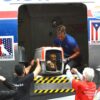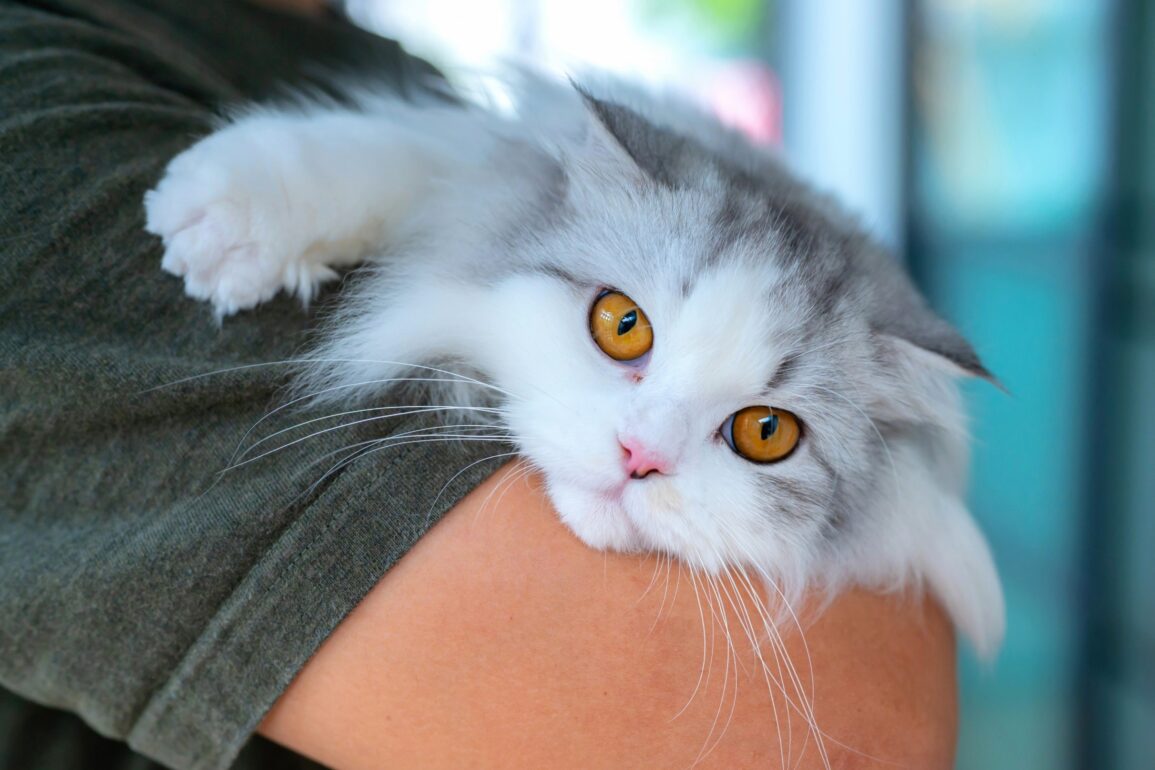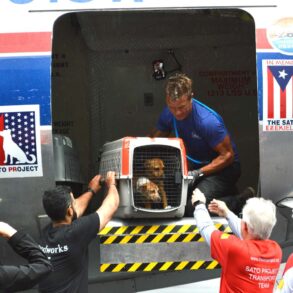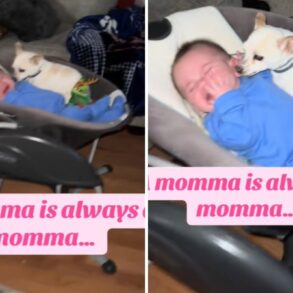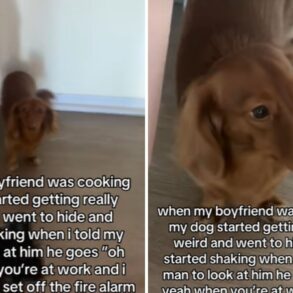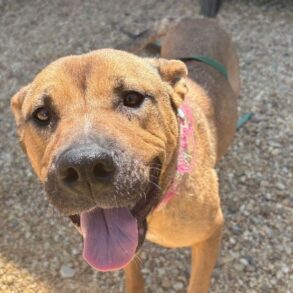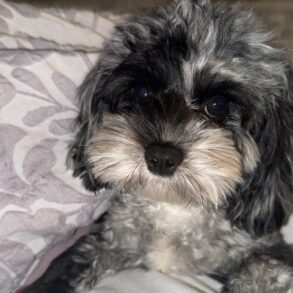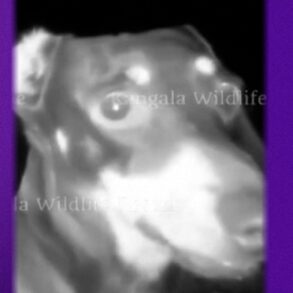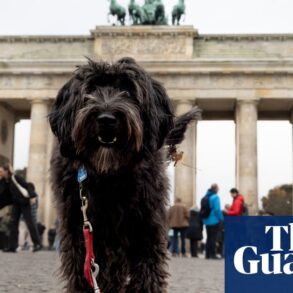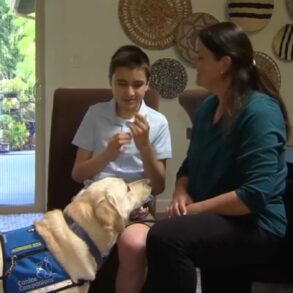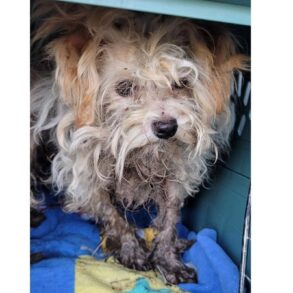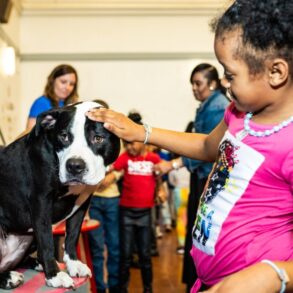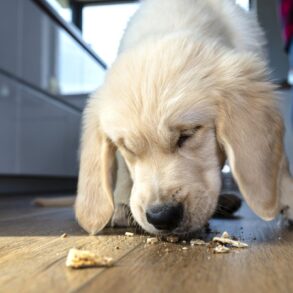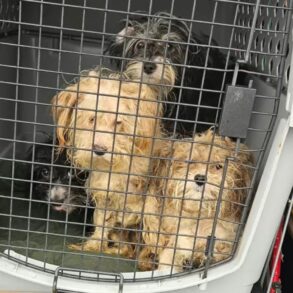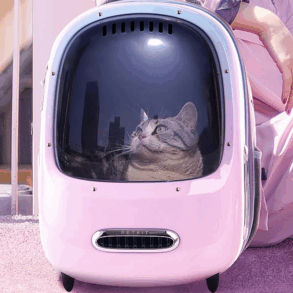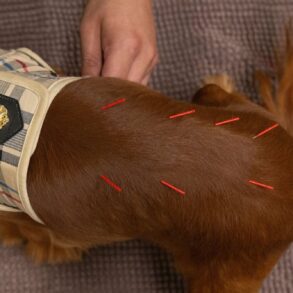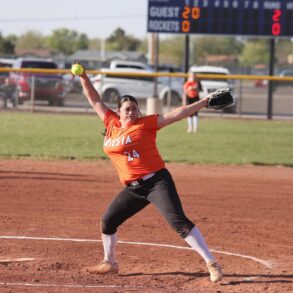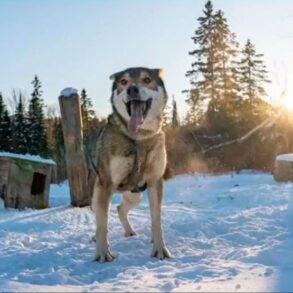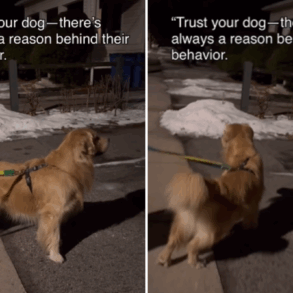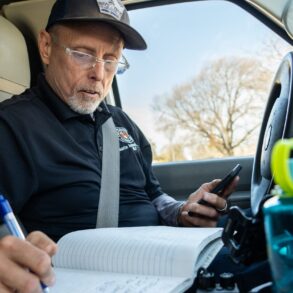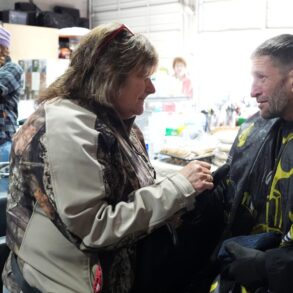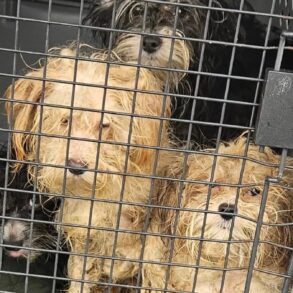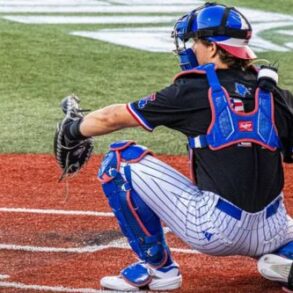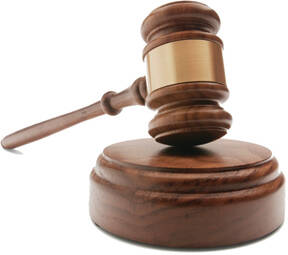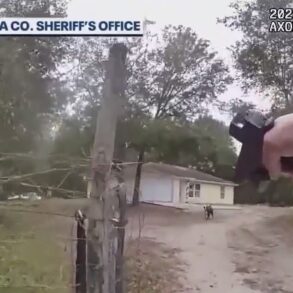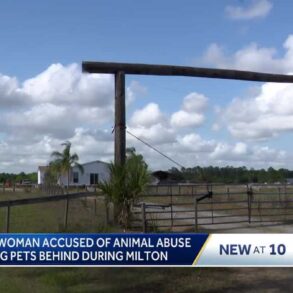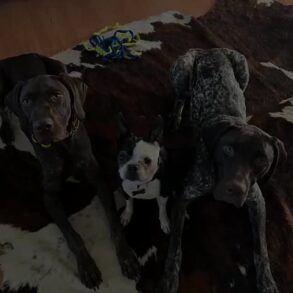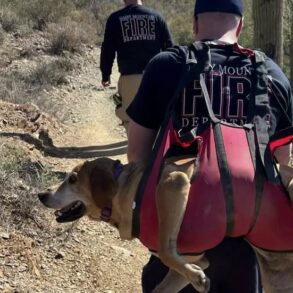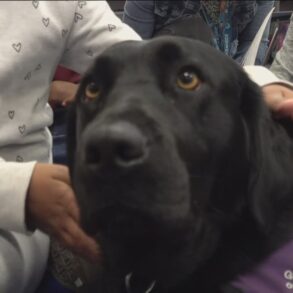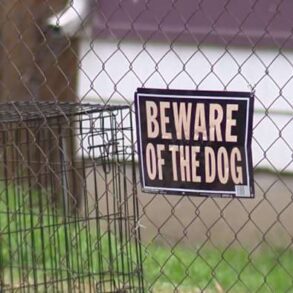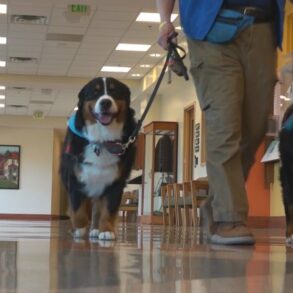
Walk into any pet show and you’ll see them – flat-faced Persian cats with plush coats and round eyes, or pug dogs waddling about with their unmistakably squished faces.
At first glance, they seem like they belong together, cousins perhaps. Yet they are worlds apart in evolutionary terms. Cats and dogs diverged from a common ancestor over 50 million years ago. Despite that, some breeds have grown so similar, they defy nature’s original blueprint.
How did we get here? The answer lies in us. Humans have not only guided the way these animals look but have also unintentionally rewritten the story of cat and dog evolution.
Recent research by scientists from Cornell University and Washington University in St. Louis shows just how powerful human preferences can be. This isn’t a story of natural evolution – it’s one of artificial selection, taste, and the strange paths of convergence that arise when we shape nature in our own image.
Humans changed cat and dog evolution
The study, published in the journal PNAS, reveals a striking example of evolutionary convergence.
Convergence typically occurs when unrelated species adapt to similar environments, evolving comparable traits. Think wings in birds, bats, and pterosaurs. But here, convergence didn’t come from nature – it came from us.
The researchers found that certain breeds of cats and dogs – Persians, Pugs, Pekingese, Himalayans – developed nearly identical skull shapes.
The flat faces, short snouts, and upward-tilted muzzles were so similar that they overlapped in 3D models. Even more astonishing, these pets were more like each other than like their own ancestors.
“Persian cats and pug and Pekingese dogs all have skull shapes that are very similar to each other, with flat and short faces, and their muzzles and palettes are tilted up in the same way,” said Abby Drake, senior lecturer at Cornell and co-author of the study.
Dogs bred by humans are more varied
Much of this comparison began years earlier, in an unexpected place. Bern, Switzerland is home to the world’s largest scientific collection of pedigree dog skulls. With 2,800 skulls from over 100 breeds, it offers a comprehensive look into the diversity that breeding has created.
Drake studied this collection to understand how modern dogs compare with wild canines like wolves, foxes, and coyotes. The conclusion was clear: dogs bred by humans are far more varied in skull shape than their wild relatives.
This idea sparked curiosity in Jonathan Losos, evolutionary biologist at Washington University. If dog breeds were more varied than their wild kin, could the same be true for cats?
He soon found himself navigating a new kind of evolutionary question – one driven not by survival, but by human whim.
Cat and dog skull evolution
In the new study, Drake and Losos used three-dimensional skull data from domestic cats and dogs, their wild ancestors – the North African wildcat and the wolf – and other members of the Carnivora order. They examined 47 shape landmarks across 1,810 skulls, creating a broad shape-space to compare variation.
“The original idea was to map the cat shape space onto the same graph with the dog shape space and see how diverse the cats were,” Drake said.
“We did not expect to see what we saw, which was that the cat shape space overlapped the dog shape space. When I saw that, I thought, ‘What’s going on? That’s amazing.’”
The overlap wasn’t just statistical – it was visual. A Pekingese dog and a Persian cat shared more in common with each other than with a wolf or a wildcat. Their skulls reflected nearly identical facial structures.
Cats and dogs that look like babies
This similarity didn’t happen by chance. Modern breed standards emphasize traits like big eyes, small noses, and round faces – features often associated with infants.
These “baby-faced” aesthetics appeal deeply to humans, possibly triggering nurturing instincts. And breeders, consciously or not, have refined their animals to meet those ideals.
“The dog and cat families diverged evolutionarily 50 million years ago,” Losos said. “What’s happening now is that breeders are selecting for the same baby-like features in dogs and cats: big eyes, small noses and round heads.”
Breed standards and baby features
Breed standards even describe these features in remarkably similar language. The Cat Fanciers’ Association describes the Persian head as “round and massive” with a nose “centered between the eyes.”
The American Kennel Club calls the Pekingese’s skull “massive,” stating its chin, brow, and nose must lie in one vertical plane.
“If you read the breed standards for the Pekingese and the Persian, the language is very similar in terms of how they want the nose to be up between the eyes and the face to form a vertical plane with no protrusion of the muzzle,” Drake said. “They set these breed standards up, and they achieved them.”
Different breeds evolved similar looks
What’s even more fascinating is that this convergence didn’t occur just once. Within dogs, it happened independently in two lineages: English bulldogs and the Asian breeds like the Pekingese and Pug. In cats, the same short-faced form emerged in both Persian and Burmese breeds.
“We realized that the Asian short-faced dogs like the Pekingese and Pugs are basically unrelated to the bulldogs — or the English short-faced breeds,” Drake said.
“This short-faced morphology has evolved twice within dogs, and also twice within cats, where it evolved in the Persians and the Burmese. So, we’re seeing not just convergence between the two species – cats and dogs – but also convergence within each species.”
This repeated pattern of similarity in unrelated lineages strengthens the case for artificial convergence. Unlike natural selection, where similar traits evolve to meet shared environmental needs, this is evolution for aesthetic preferences. And it happens fast.
The dark side of breeding
Yet this similarity comes at a cost. Brachycephalic breeds often suffer from serious health issues. Their flat faces can lead to breathing problems, dental misalignment, and complications during birth. These animals would struggle to survive in the wild.
“There are efforts by some groups led by veterinarians to outlaw breeding such extreme types,” Losos said. “And we really need that, for the benefit of the animals. There are all kinds of skull problems with these cats and dogs, because of the way they have been altered.”
Despite their appeal, baby-faced breeds are biologically compromised. Losos and Drake make it clear they do not support continued breeding for such extreme features. Their work exposes how far we’ve taken some animals from their natural design – and the price they pay for our preferences.
Future research directions
Looking ahead, the team plans to expand their study. They want to gather CT scans of breeds not included yet – like the long-faced Siamese or the uniquely shaped Cornish Rex and Savannah cats. These may add even more complexity to the picture of modern pet evolution.
The researchers also hope to apply their methods to extinct species. Comparing today’s breeds with saber-toothed cats or dire wolves may uncover even more about how artificial and natural selection interact.
This study not only reveals what humans have done to cats and dogs – it also helps us see evolution at work in real time. It’s a mirror reflecting both our creativity and our responsibilities. Through our choices, we’ve sculpted life – but not always with care.
Now, as scientists dig deeper, we face a question just as important as any data point: what kind of future do we want for the animals we love?
The study is published in the journal Proceedings of the National Academy of Sciences.
—–
Like what you read? Subscribe to our newsletter for engaging articles, exclusive content, and the latest updates.
Check us out on EarthSnap, a free app brought to you by Eric Ralls and Earth.com.
—–
This post was originally published on this site be sure to check out more of their content.

